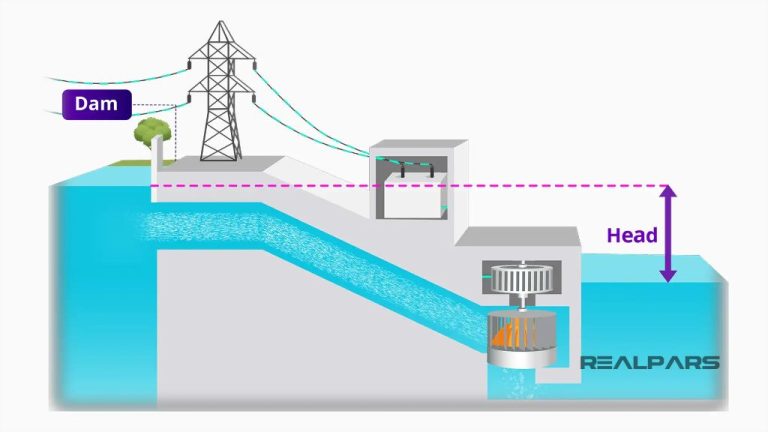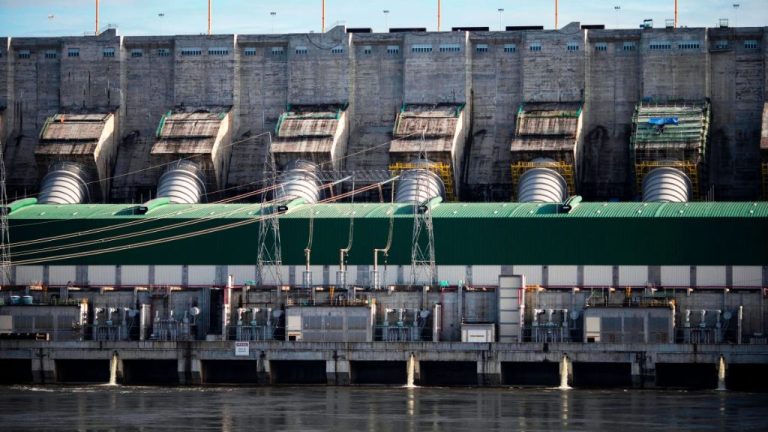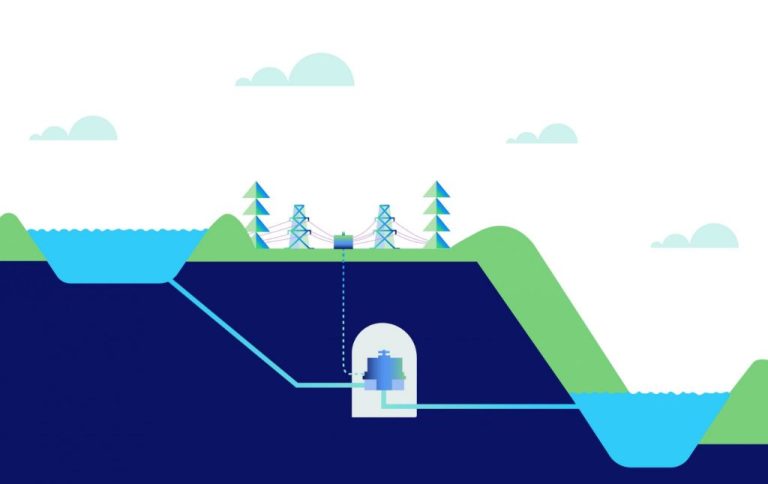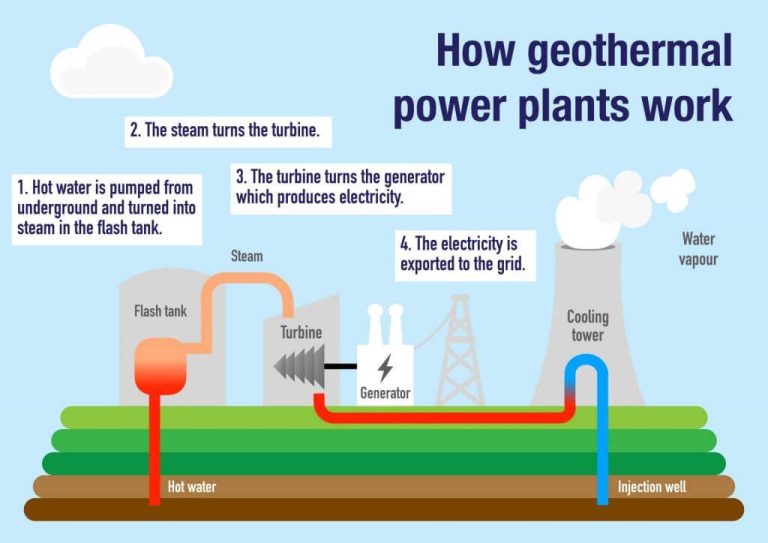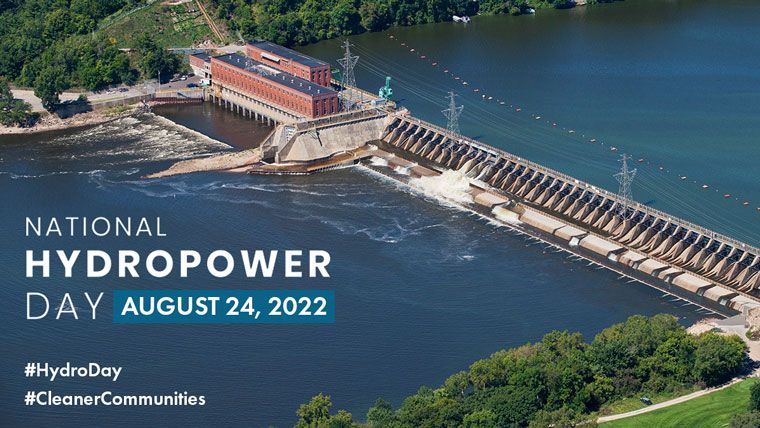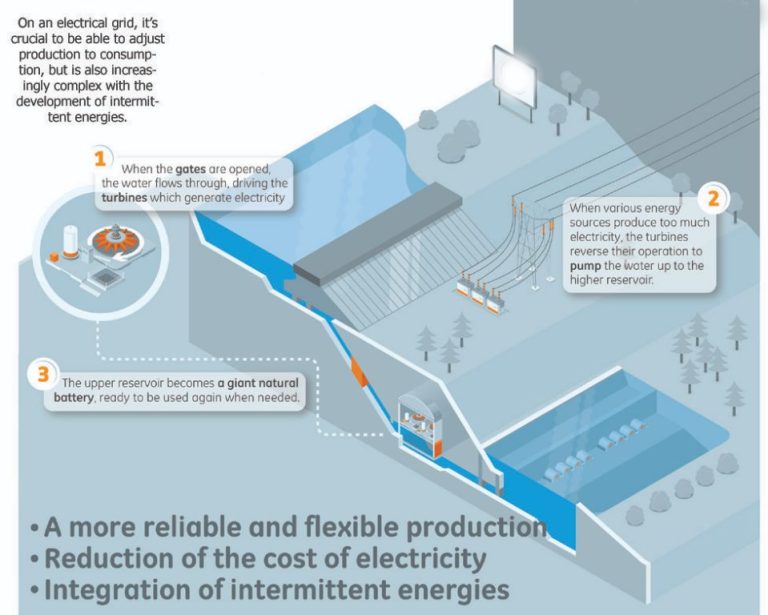Is Hydropower Sustainable Or Unsustainable?
Hydropower is a source of renewable energy that generates electricity by using the power of moving water. It is considered sustainable in some respects because it relies on the water cycle, which is continuously replenished by the sun. However, the sustainability of hydropower projects depends on how they are designed, constructed, and operated.
Sustainability has become an important concept when evaluating energy sources. The goal of sustainability is to meet the needs of the present without compromising the ability of future generations to meet their own needs. When examining the sustainability of hydropower, factors like environmental impacts, greenhouse gas emissions, and social/community impacts are considered.
This article will provide an overview of the arguments for and against hydropower as a sustainable energy source.
Benefits of Hydropower
One of the primary benefits of hydropower is that it is a renewable source of energy. The Hydropower Basics page on the Department of Energy’s website explains that hydropower relies on the water cycle, which is powered by the sun. This makes hydropower a renewable source of energy, unlike fossil fuels which are finite resources.
According to the Energy Information Administration, hydropower is one of the oldest sources of renewable energy for generating mechanical and electrical power (Hydropower explained – U.S. Energy Information Administration). The renewable nature of hydropower gives it a sustainability advantage over non-renewable sources like coal and natural gas.
Because the water cycle and the energy from the sun that drives it are ongoing natural processes, hydropower can be counted on as a reliable long-term source of clean energy. This renewable aspect is a major benefit that makes hydropower very sustainable compared to fossil fuel-based energy sources.
Hydropower’s Contribution to Clean Energy
Hydropower is the largest renewable electricity source in the United States, providing over 6% of total U.S. electricity generation and over 28% of total renewable generation in 2018 according to the U.S. Department of Energy. Worldwide, hydropower accounts for around 16% of total electricity generation and over 60% of renewable electricity generation according to the International Hydropower Association.
Many countries generate an even larger share of their electricity from hydropower. For example, Norway generates over 95% of its electricity from hydropower. Canada generates around 60% of its electricity from hydropower sources. Developing countries are rapidly expanding their hydropower capacity to meet growing energy demands and transition away from fossil fuels.
Overall, hydropower plays a major role in the global renewable energy mix and helps reduce reliance on coal, natural gas and other fossil fuel sources that contribute to air pollution and climate change.
Hydropower’s Reliability
One of the main benefits of hydropower is its ability to generate electricity on demand. Unlike some other renewable sources like wind and solar power that rely on weather conditions, hydropower can be dispatched at any time when electricity is needed.
Hydropower plants can start generating electricity within minutes, providing reliable power generation when required (Source). This makes hydropower a flexible energy source that can respond quickly to fluctuations in electricity demand and complement intermittent renewables.
The ability to generate power on demand makes hydropower well-suited to meet peak load demands. Hydroelectric facilities can rapidly increase their output to meet temporary spikes in electricity consumption (Source).
Overall, the on-demand flexibility and dispatchability of hydropower enhances the reliability and resilience of the electricity grid.
Low Operating Costs
Once a hydropower plant is constructed, the operating costs are relatively low compared to other sources of electricity generation. According to the U.S. Energy Information Administration, the operations and maintenance costs for hydropower plants average around $30-40 per kilowatt-hour (kWh). This is significantly lower than the operating costs for fossil fuel plants, which can range from $30-75 per kWh for coal and $10-17 per kWh for natural gas plants [1].
The main operating costs for hydropower plants are associated with maintenance of the dam, turbines, and other infrastructure. However, the fuel itself (water) is free and renewable, unlike fossil fuels. This means the operating costs are mostly fixed rather than variable. Overall, the low maintenance and lack of fuel costs make hydropower one of the most cost-effective sources of renewable energy currently available.
Downsides of Hydropower
While hydropower is a renewable energy source, it does have some negative environmental impacts that should be considered. One major downside of hydropower is that it disrupts river ecosystems.
Dams change the natural flow of rivers and can harm the plants, animals, and people that rely on that water flow. According to the Aspistrategist, dams block nutrients and sediment from flowing downstream, alter water temperatures, and present barriers for migrating fish like salmon (The downsides of hydropower, 2022).
Hydropower dams and reservoirs can flood large areas of land, displacing people that live there and impacting natural habitats. The reservoirs themselves often result in greenhouse gas emissions like methane as vegetation under the water decomposes (The downsides of hydropower, 2022).
Impact on Wildlife
Hydropower dams can have a significant impact on wildlife, especially aquatic species like fish that rely on free-flowing rivers for migration and reproduction. According to Palmeirim et al. (2021), “The rapid expansion of hydropower across tropical landscapes has caused extensive habitat loss and degradation, triggering biodiversity loss and threatening iconic species like jaguars and tigers.” Dams obstruct migration routes and prevent access to historical spawning grounds. This affects fish populations and the larger food chain that depends on them.
One major impact is on the migration patterns of anadromous fish like salmon that migrate from the ocean up rivers to spawn. Dams are physical barriers that block their ability to swim upstream to reach spawning habitat. Some dams have installed fish ladders to help, but their effectiveness can be limited. Without access to historical spawning grounds, fish populations suffer steep declines.
Greenhouse Gas Emissions
One significant downside of hydropower is that reservoirs can emit substantial amounts of greenhouse gases like methane. Although hydropower itself does not burn fossil fuels, reservoirs created by dams can produce significant methane emissions. Methane is a potent greenhouse gas, with over 25 times the global warming impact of carbon dioxide over a 100-year period.
A 2021 study showed that methane emissions from hydropower reservoirs globally contribute around 1.3% of total anthropogenic (human-caused) greenhouse gas emissions (Inside Climate News). Methane is produced in reservoirs due to the decomposition of organic matter by microbes in areas with low oxygen levels.
Methane emissions can vary greatly between reservoirs based on the climate, vegetation, water depth, and other factors. Tropical reservoirs in particular tend to produce more methane. Strategies are being researched to reduce methane emissions from reservoirs, but more study is still needed in this area.
Social Impact
The social impact of hydropower projects can be significant, especially relating to the displacement of communities when large areas of land are flooded to create reservoirs. According to the World Commission on Dams, between 40-80 million people worldwide have been displaced by dams, often without adequate compensation or resettlement support (source).
One major social impact is the disruption of communities and livelihoods that rely on the existing river ecosystem. The flooding of land displaces people from their homes and creates health risks from standing water. Entire communities that live along river banks often need to be relocated to make way for dam reservoirs. This can destroy local culture and traditional ways of life tied to the river.
Additionally, dams often provide little economic benefit to the displaced communities. While hydropower projects create employment opportunities during dam construction, jobs decline once the dam is built. The energy produced mainly benefits urban areas, while rural communities shoulder much of the social disruption. Compensation or resettlement support for displaced people is often inadequate.
Conclusion
In summary, hydropower offers both sustainable and unsustainable qualities. On the positive side, hydropower is a renewable energy source that produces no direct waste or pollution. Large-scale hydropower facilities provide reliable baseload power with low operating costs. However, building large dams can negatively impact local wildlife and cause flooding of habitats. There are also concerns around methane emissions from reservoirs and social impacts on displaced communities. On balance, hydropower remains one of the cleanest energy sources available today, but steps should be taken to mitigate its downsides through careful planning, environmental assessments, and community engagement.

